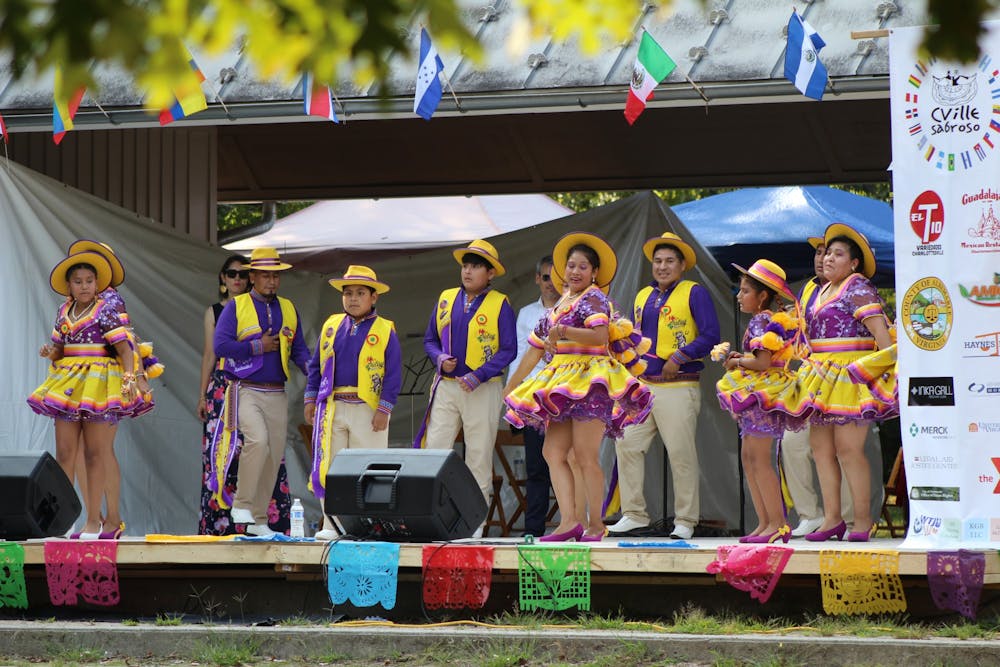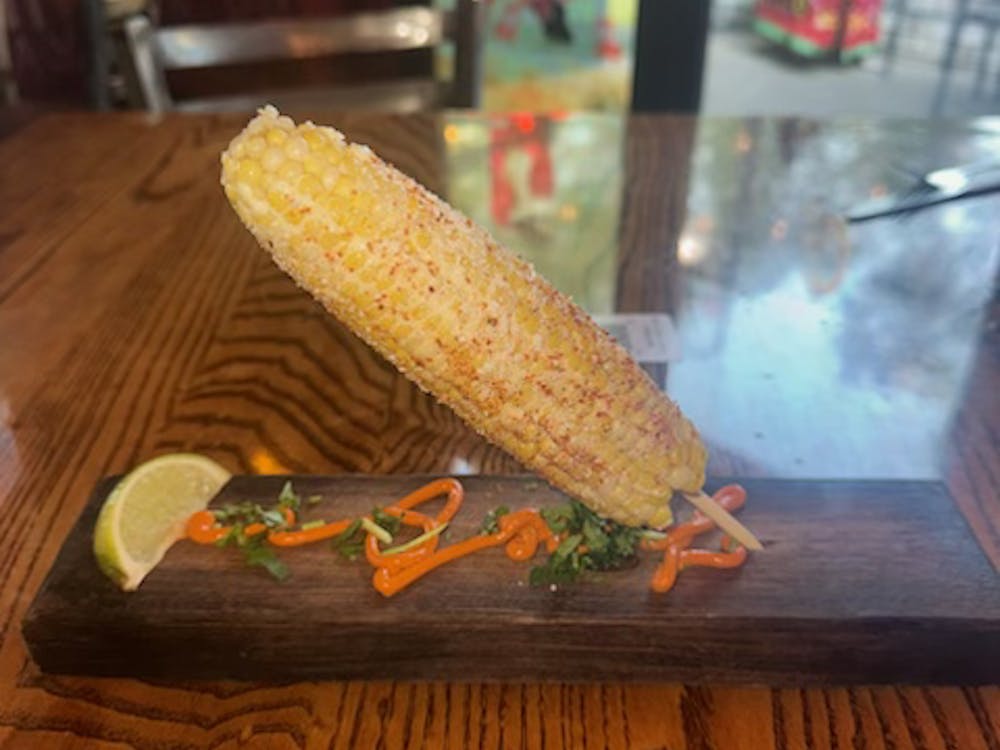Charlottesville’s annual Latin American music festival Cville Sabroso celebrated Latinx Heritage Month in grand fashion Saturday. The spacious and outdoor location of Booker T. Washington Park was an ideal spot for the event, and the day was accompanied by beautiful weather. Organizers — the Lua Project and Sin Barreras — yearly efforts were fortunate to bring about the festival's tenth anniversary.
The first two Cville Sabrosos in 2012 and 2013 were held at the McGuffey Art Center after being inspired by a Latinx festival held at Charlottesville's Church of the Incarnation. The events in the following years would all take place at the IX Art Park before settling at Washington Park this year in 2022. Throughout the years, Cville Sabroso has expanded and offered a refreshing promotion of Latinx culture in an area with a low percentage of Latinx community members.
First-year Engineering student Stephanie Castro felt invigorated by the atmosphere of pride and culture at the event.
“You don't see as much diversity especially studying at a PWI,” Castro said. “I thought it was amazing to see all the Latinx community come together to celebrate everyone's culture, especially during Latinx Heritage Month.”
Families sprawled across the grass on blankets and chairs, excited to enjoy the variety of offerings at the park. Many eventgoers were adorned in Latin folklorico dresses and other traditional clothing. Brimming with Latin American merchandise, an array of booths dotted the grass for visitors to explore. A grand stage sat squarely in the middle of the park, hosting 12 performances of music and dance.
The Peruvian music band Tinkuy played flutes, drums and guitars, enriching the event with upbeat music. Another notable performance was the Puerto Rican group Proyecto Piquete. While singing songs on the extensive history of the Carribeans, the group gave an inviting performance, even asking children to jump on stage and play the drums. As the musical arts brought the energy, the culinary art of Latin American cuisines satisfied the hunger of hundreds of attendees.
No other performers took the stage longer than Larry and Joe, a Venezuelan duo. Everything from Venezuelan hits to country music was played by Joe on the violin and Larry on the guitar. With the sweet sounds of guitar and violin, the duo used soothing interludes to transition into the next performance, where dancers once again took the stage.
Many performers partook in the genre of “Baile folklórico,” a folkloric dance. Villa Sabrosa waved their colorful long dresses to the rhythm of traditional Mexican music. Salay’s performance differed from that of Mexican folklorico in that Salay wore traditional bright-yellow Bolivian outfits. In accordance with the drum heavy music, the men raised their hats, and women swayed in sparkling skirts.The night proved to be well balanced visually and audibly, as performing groups represented countries such Peru, Puerto Rico, El Salvador, Venezuela and Mexico.
Representation continued throughout the event with the crowd favorite flag ceremony. Attendees cheered and applauded during the ceremony, where children walked back and forth on stage waving a large flag of their corresponding country, continuing the goal of representing each culture of Latin America. The ceremony's significance was obvious, as it marked a moment when children and adults alike fell silent and simply gazed at the scene before them.
As the night came to a conclusion, Sin Barreras and The Lua Project encouraged more groups to come out and perform next year. Specifically, leaders spent time convincing Castro to participate next year with her Mexican folklórico dance group — Ballet Folklórico Mexicano — which she formed at the University. Cville Sabroso showcased the passionate arts of dance and music of Latin American students by including performers of all ages, which volunteers expressed excitement for.
"This event is especially for our children because maybe we, in some future, are no longer around and they will not know where their parents come from,” event volunteer Laura Muñoz said. “And the other [reason] is that adults can also learn a lot from other countries. It's very nice because we see another culture, another type of style.”
Cville Sabroso serves as a celebration of Latinx culture with an open invitation to all members of the community to indulge in multiculturalism. Muñoz said adults and parents in attendance were taken back to their home lands or given a glimpse of their heritage by classic traditions of food, clothing and music. Most importantly for Muñoz, their children were able to witness it.
“Being involved in these events will allow the new generation of Hispanics to propel continued growth and to not be embarrassed of what they have … not just our children but the new generations,” Muñoz said.







